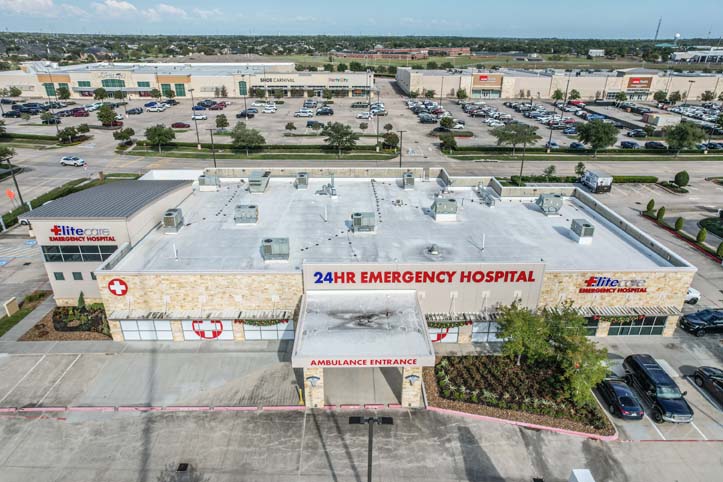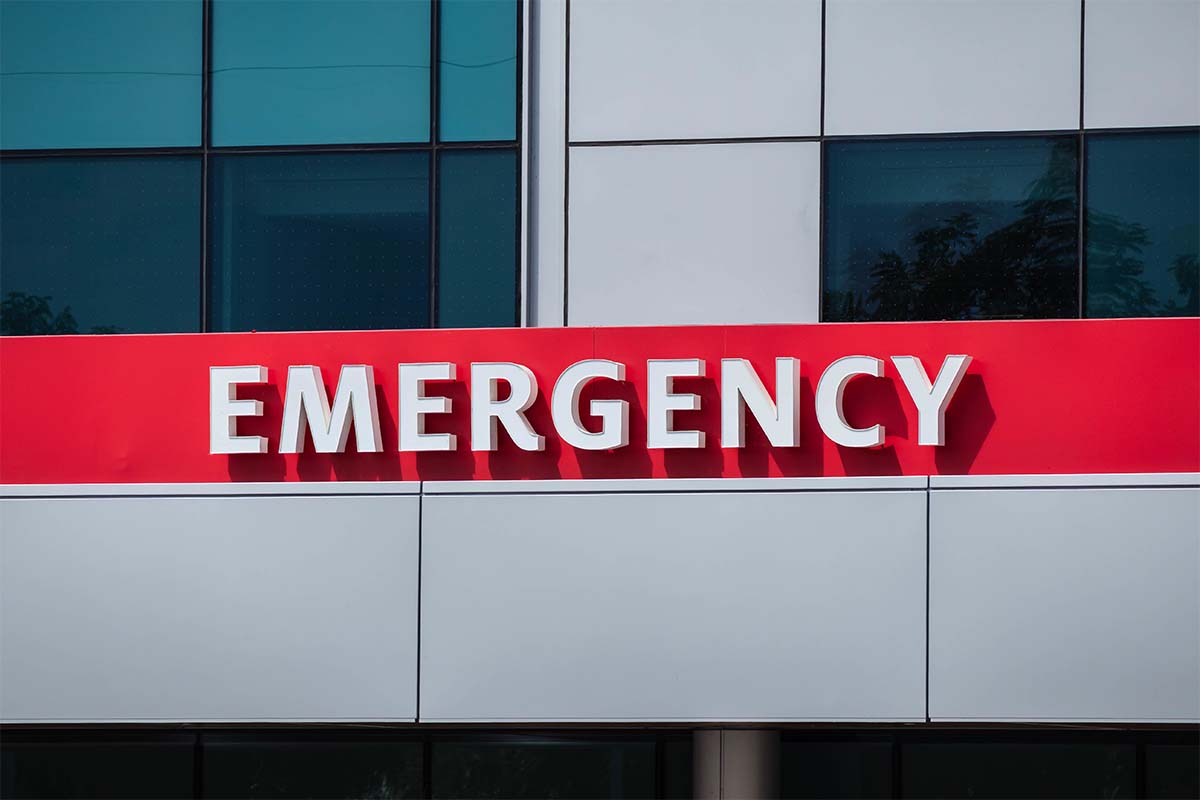
Pregnant women are at a high risk of different health complications and you are pregnant, it is important to be aware of preeclampsia. It can be dangerous for both the mother and baby if left untreated. If your preeclampsia leads to seizures, you have eclampsia. Preeclampsia can only be cured by giving delivery. Preeclampsia symptoms can linger for up to 6 weeks following birth. Here is some important information to know about preeclampsia.
What is Preeclampsia?
Preeclampsia, also known as toxemia, is a condition that causes high blood pressure, protein in the urine, and swelling in the legs, feet, and hands in pregnant women. It varies in severity from minor to severe. It generally occurs late in pregnancy, although it can also occur before or shortly after birth. You and your doctor confront a difficult task if you’re diagnosed with preeclampsia too early in your pregnancy to birth your baby. Your baby will need extra time to grow, but you must take care not to put yourself or your baby in danger. Preeclampsia can also develop after a baby is born, a condition known as postpartum preeclampsia. (WebMD)
Symptoms of Preeclampsia
Preeclampsia can occur without causing any symptoms. High blood pressure can grow gradually or emerge suddenly. Because an increase in blood pressure is often the first indicator of preeclampsia, blood pressure monitoring is an important element of prenatal treatment. A blood pressure reading of 140/90 millimeters of mercury (mm Hg) or higher, recorded on two separate occasions at least four hours apart, is considered abnormal. (Preeclampsia Foundation)
Preeclampsia typically develops after the 20th week of pregnancy and is characterized by symptoms like changes in eyesight – foggy, seeing spots, due to high blood pressure and protein in the urine, mid-pregnancy sickness, swelling in the hands and face, weight gain of more than 5 pounds in a week, difficulty to breathe, gasp, or pant. (Preeclampsia Foundation)
Causes of Preeclampsia
Preeclampsia is caused by a combination of circumstances. It’s thought to start in the placenta, the organ that feeds the fetus throughout pregnancy. New blood arteries form and adapt early in pregnancy to effectively deliver blood to the placenta. These blood arteries don’t appear to grow or function normally in women with preeclampsia. They’re smaller and respond to hormonal signals differently than regular blood arteries, limiting the quantity of blood that can flow through them. This aberrant development might be caused by a variety of factors, including:
- There isn’t enough blood flow to the uterus.
- The blood vessels are damaged.
- An issue with the immune system is caused by the presence of certain genes.
(Mayo Clinic, 2020)
Preventing Preeclampsia
Researchers are still looking for ways to avoid preeclampsia, but no obvious strategies have emerged thus yet. Reduce your risk by eating less salt, modifying your activity, lowering calories, or taking garlic or fish oil. Increasing your vitamin C and E consumption hasn’t been proven to be beneficial. According to research, vitamin D insufficiency is linked to an increased risk of preeclampsia.
However, in some instances, you may be able to lower your risk of preeclampsia by:
Low-dose aspirin: If you have a history of preeclampsia, many pregnancies, persistent high blood pressure, renal illness, diabetes, or autoimmune disease, your doctor may prescribe an 81-milligram daily low-dose aspirin starting after 12 weeks of pregnancy.
Calcium Supplements: Women with calcium shortage before pregnancy — and who don’t obtain enough calcium from their meals throughout pregnancy — may benefit from calcium supplements to avoid preeclampsia in some populations. However, calcium shortage is uncommon among women in the United States or other affluent nations to the extent that calcium supplements would be beneficial. (Mayo Clinic, 2020)
If you have any preeclampsia symptoms, be sure to tell your doctor. Treatment for preeclampsia usually starts once blood pressure reaches a certain level or other signs and symptoms develop. Depending on the severity of your condition, you may need medication, bed rest, or to deliver your baby early. Close monitoring by your health care team is important to ensure the best possible outcome for you and your baby.
Works Cited
“Preeclampsia: Signs, Causes, Risk Factors, Complications, Diagnosis, and Treatment.” WebMD, WebMD, www.webmd.com/baby/preeclampsia-eclampsia.
Website. “Preeclampsia – Preeclampsia Awareness Month: Blood Pressure Key to Healthy Pregnancy.” Preeclampsia Foundation – Saving Mothers and Babies from Preeclampsia, www.preeclampsia.org/the-news/Awareness/preeclampsia-awareness-month-blood-pressure-key-to-healthy-pregnancy.
“Preeclampsia.” Mayo Clinic, Mayo Foundation for Medical Education and Research, 19 Mar. 2020, www.mayoclinic.org/diseases-conditions/preeclampsia/symptoms-causes/syc-20355745#:~:text=Preeclampsia%20is%20a%20pregnancy%20complication,blood%20pressure%20had%20been%20normal.
















